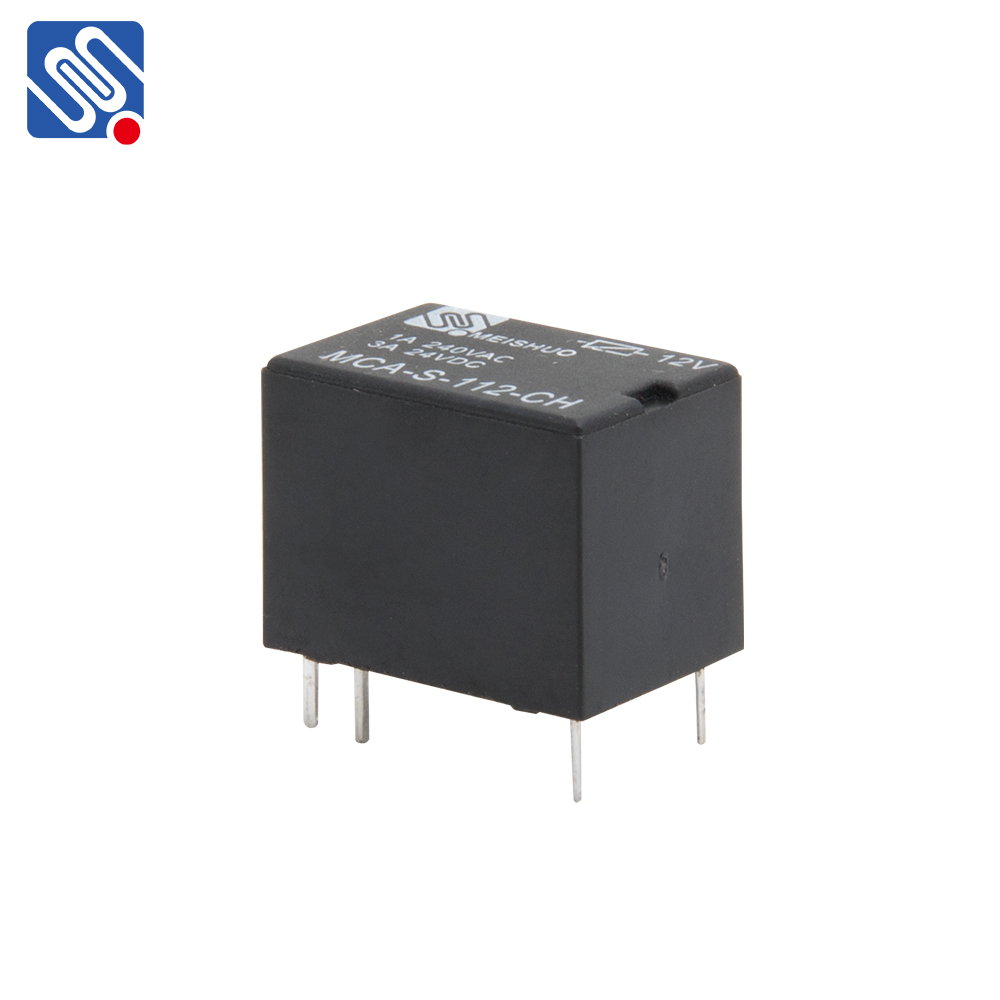Wireless relays are transforming the way remote control systems function across various industries, offering unprecedented convenience and flexibility. By utilizing wireless communication technologies such as Wi-Fi, Bluetooth, Zigbee, and others, wireless relays enable the control of electrical circuits from a distance, all without the need for physical connections. This article explores the functionality, advantages, and applications of wireless relays, highlighting their role in modern automation systems.

What is a Wireless Relay? At its core, a wireless relay is an electromechanical device that allows for the remote control of electrical circuits. Unlike traditional wired relays, which require physical connections to function, wireless relays operate by receiving signals via wireless communication protocols. These signals are transmitted from a control device, such as a smartphone, computer, or specialized remote control, to the relay unit. Once the relay receives the signal, it activates or deactivates the connected circuit, depending on the instructions given. The key components of a wireless relay system include: